|
Diwali translates literally to Series of Lights. 1) Before Diwali night, people clean, renovate, and decorate their homes and offices with fragrant jasmine flowers. People rub their bodies in perfumed oils before bathing and set clay tea lights in a row in front of their house. This is symbolic of a New Year and a fresh start.
3) Celebrate wealth through gratitude of everything that you are blessed with in your life now. Exude the feeling of abundance. Many Indians shop for new clothes (Saris) to wear to the temple and celebrate beauty in the world, like many Christians buy new clothes for Easter Sunday. 4) Light Lamps and candles to remind yourself to let your light shine. Let positivity conquer over negativity, love over hate, happiness over anger, fear, or sadness. 5) Give gifts to family members and close friends, honoring those who nurture your development. Diwali originated as a harvest festival on a night of a New Moon in autumn, the darkest night of the season. Also share the feast of harvest with neighbors and those around you.
3) Is it India’s largest holiday? “Yes, unequivocally.” 4) What rituals did your family perform for Diwali? “Lighting candles, fireworks, interesting sweets, dishes, and inviting guests over.” 5) What meaning do the lights have for you? Lakshmi, the goddess of wealth and prosperity, is believed to roam the earth on Diwali night. On the evening of Diwali, people open their doors and windows to welcome Lakshmi, and place Diya lights on their windowsills and balcony ledges to invite her in. On this day, the mothers who work hard all year, are recognized by the family and she is seen to embody a part of Lakshmi, the good fortune and prosperity of the household. Small earthenware lamps filled with oil are lighted and placed in rows by some Hindus along the parapets of temples and houses. Some set diyas adrift on rivers and streams. Important relationships and friendships are also recognized during the day, by visiting relatives and friends, exchanging gifts and sweets. 6) Did you ever make a rangoli? If yes, what was the significance of making it and what did you make it out of? "Yes as a kid, but mostly it is girl thing. We used chalk powder to do it. The purpose of rangoli is decoration, and it is thought to bring good luck." 7) Do you have any interesting stories about experiences on this holiday or stories told to you?
"The most well known story behind Diwali is in the Ramayana, the great Hindu epic. According to Ramayana, Rama, the prince of Ayodhya was ordered by his father, King Dasharatha, to go away from his country and come back after living in the forest for fourteen years. So Rama went on exile with his devoted wife Sita and faithful brother, Lakshmana. When Ravana, the demon king of Lanka abducted Sita and took her away to his island kingdom of Lanka, Rama fought against and killed Ravana. He rescued Sita and returned to Ayodhya after fourteen years. The people of Ayodhya were very happy to hear of their beloved prince's homecoming. To celebrate Rama's return to Ayodhya, they lit up their houses with earthen lamps (diyas), burst crackers and decorated the entire city in the grandest manner." 8) Do you celebrate at all now? If yes, how? "No, because fireworks are not allowed to be lit up by people. Here in San Diego there are regulations around it. However I do visit temples, visit friends, etc." Diwali Prayer: From untruth lead us to Truth. From darkness lead us to Light. From death lead us to Immortality. Om Peace, Peace, Peace.
0 Comments
Your comment will be posted after it is approved.
Leave a Reply. |
Hannah Faulkner
|
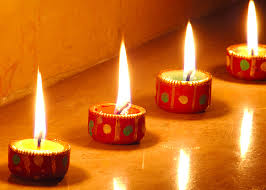
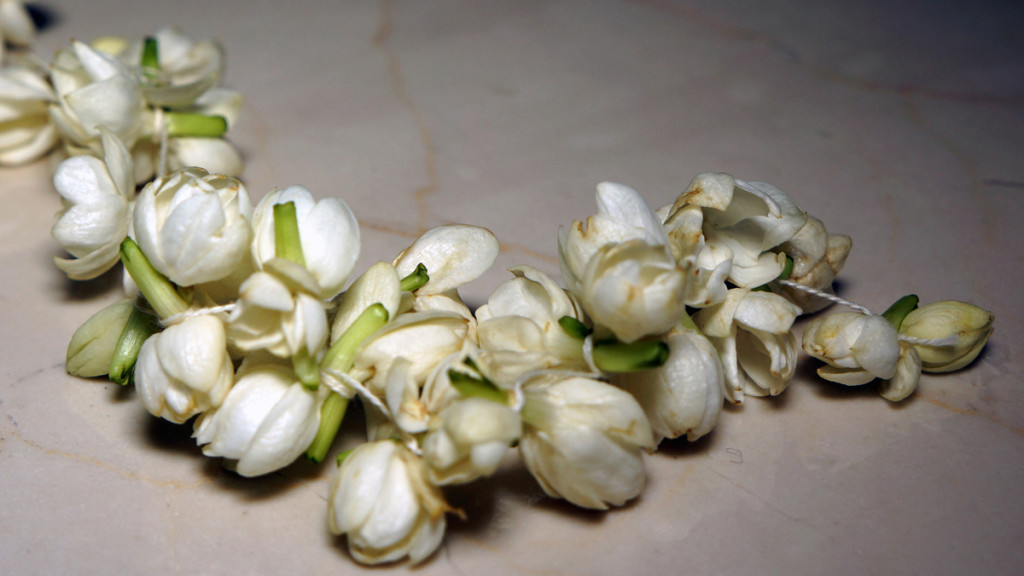
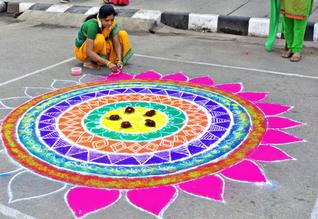
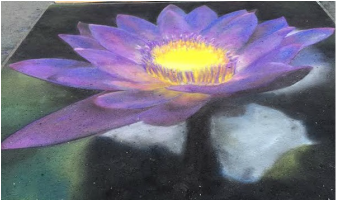
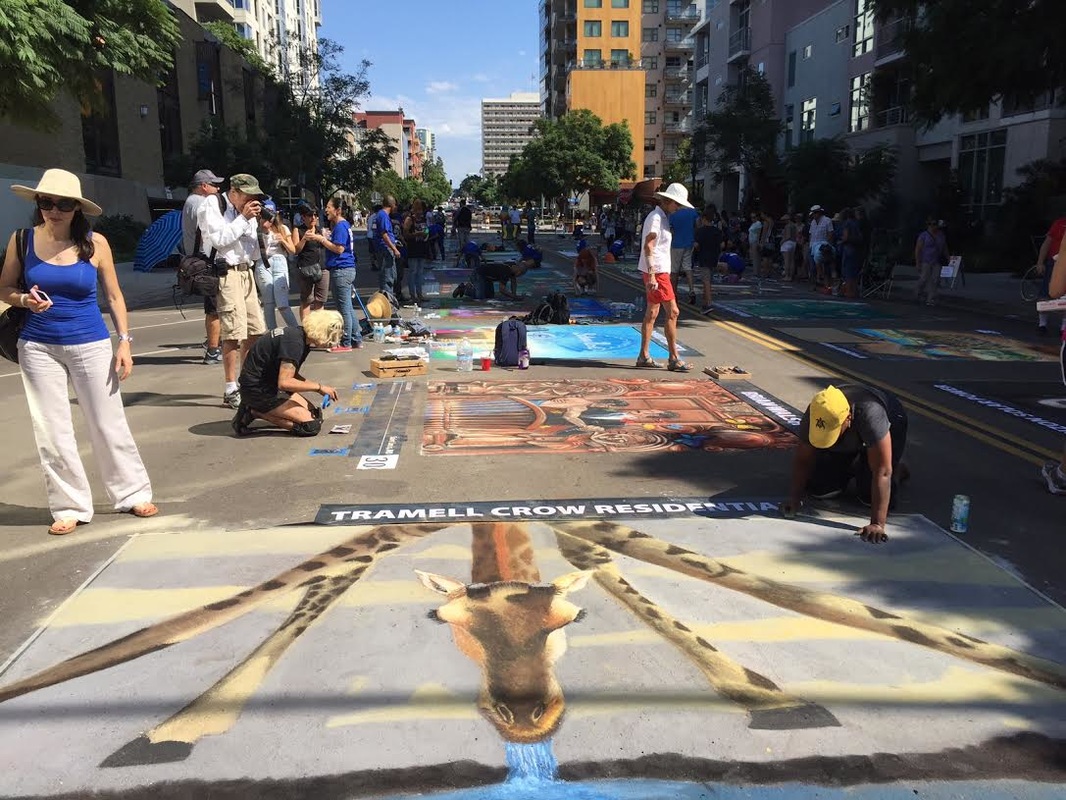
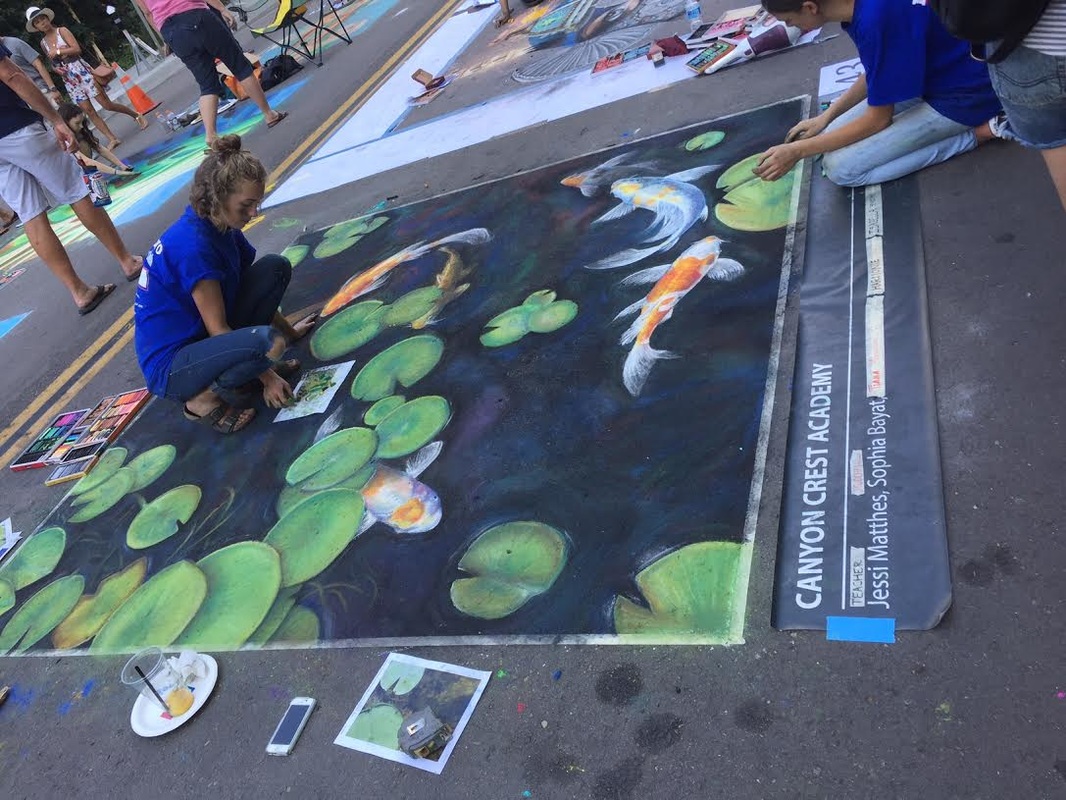
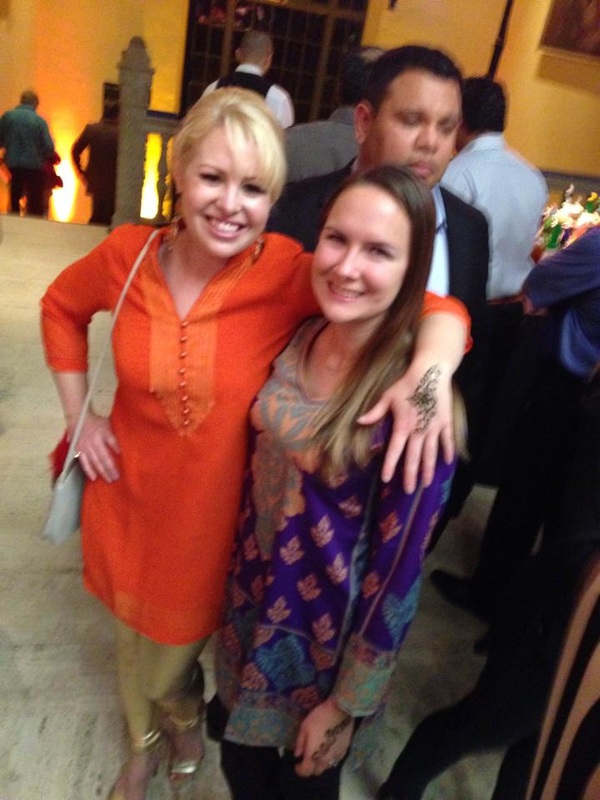
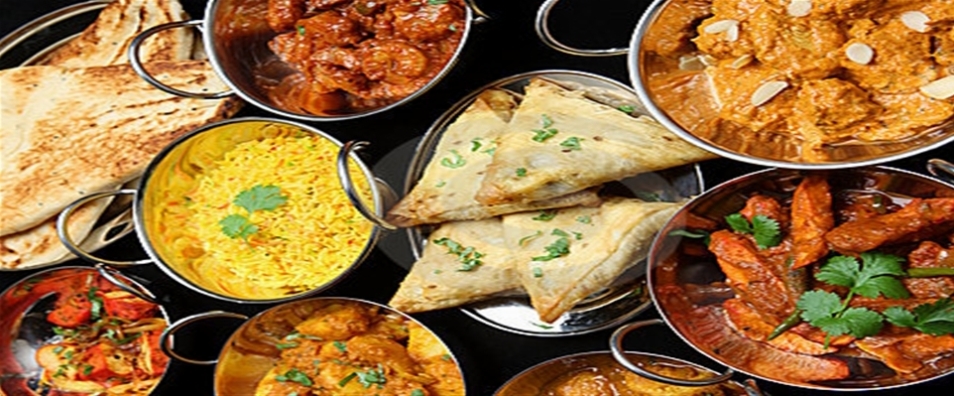
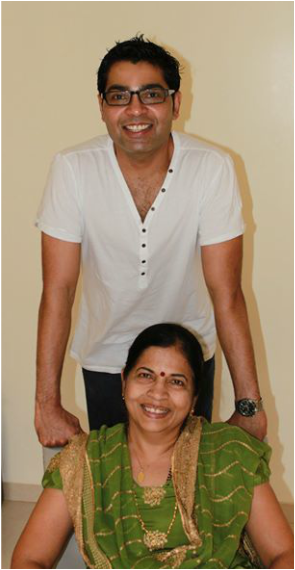
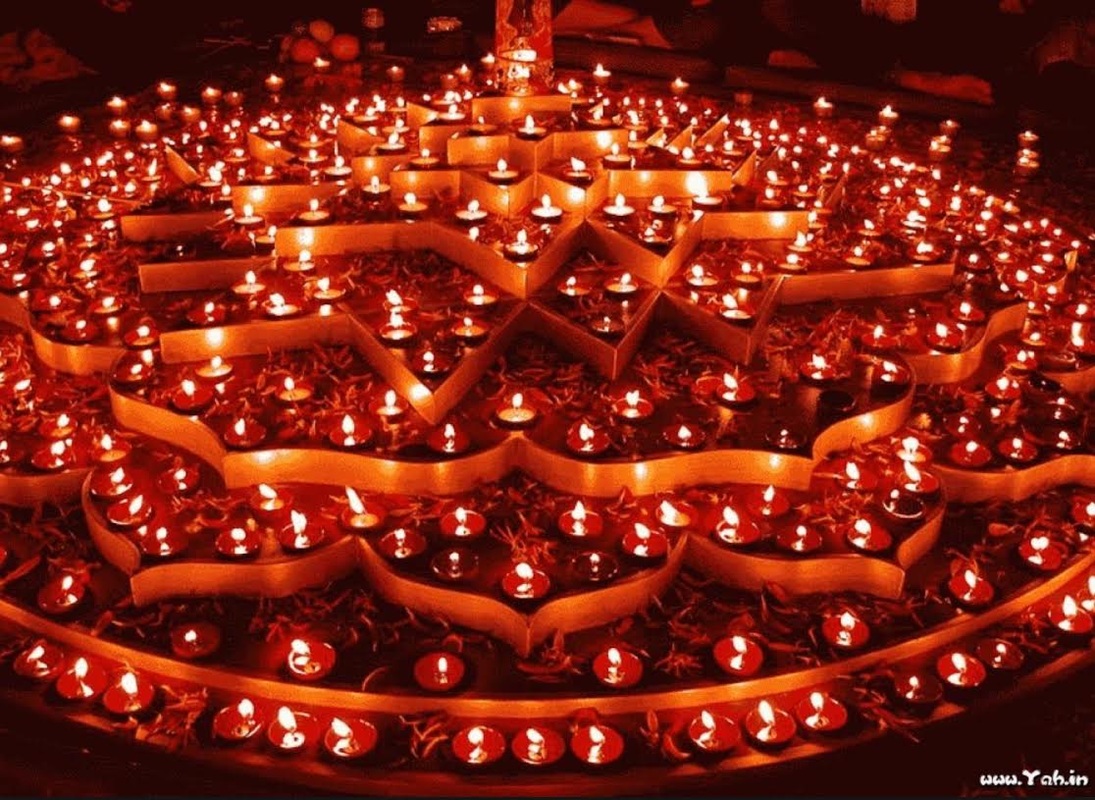


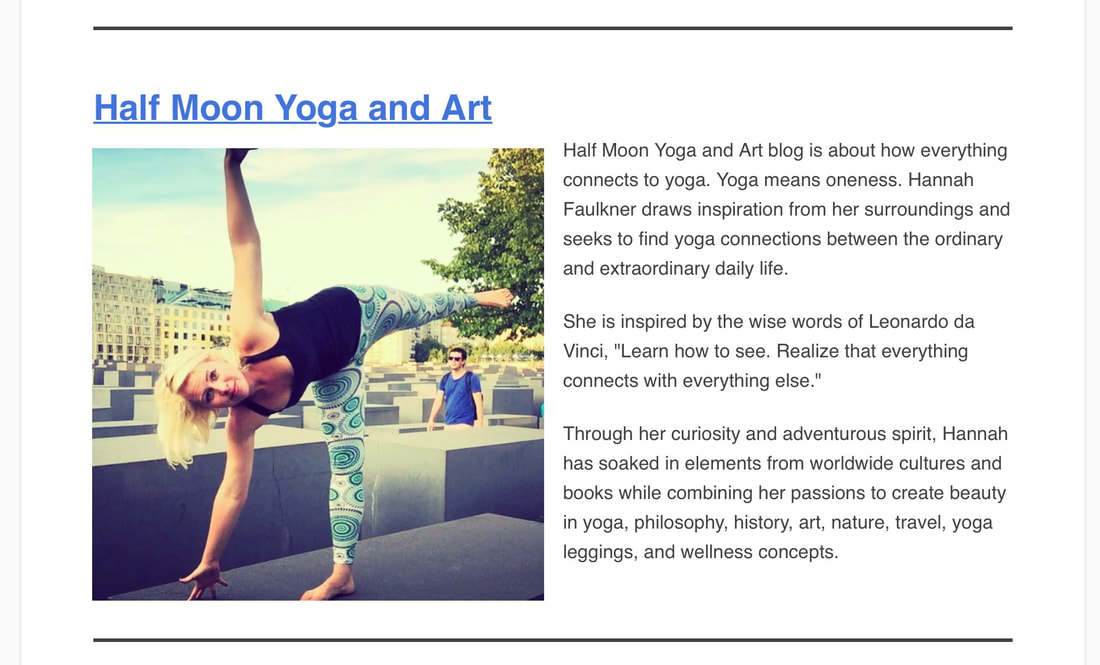






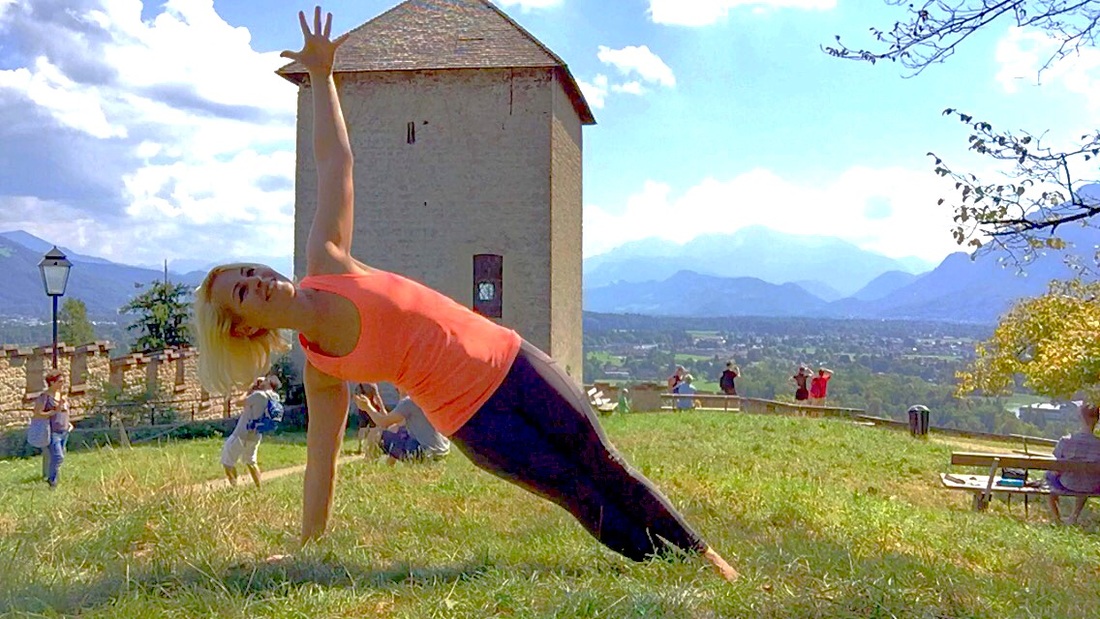
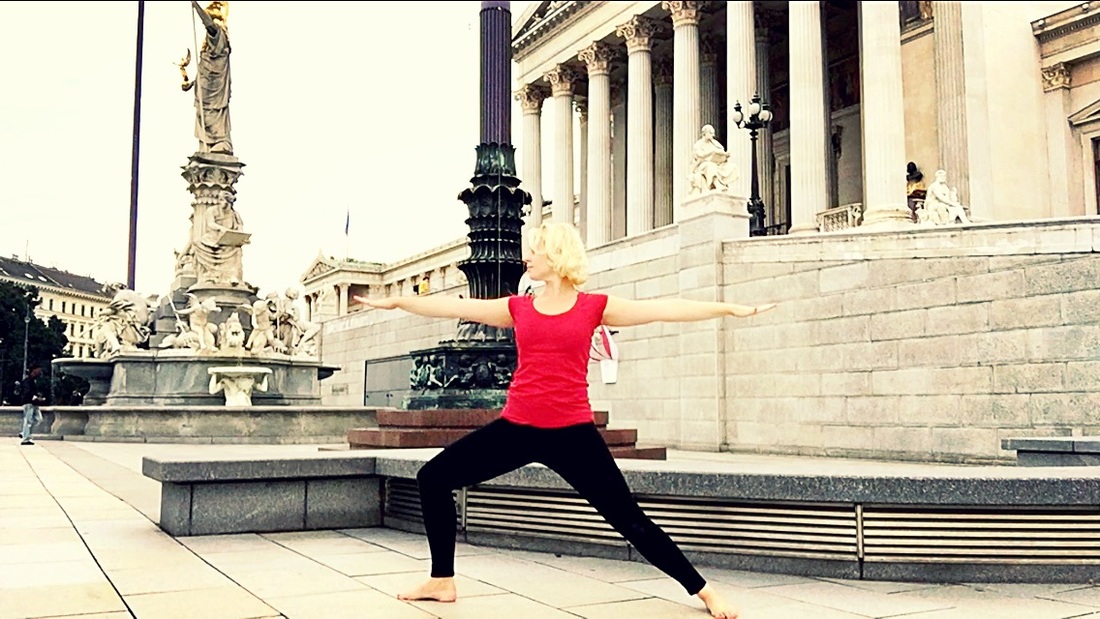
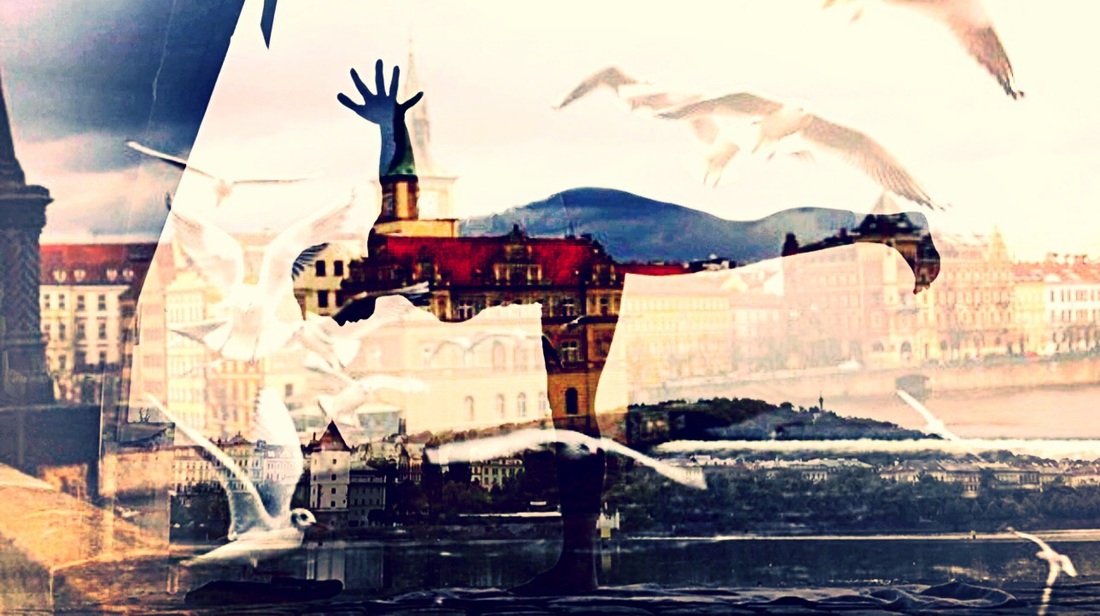
 RSS Feed
RSS Feed